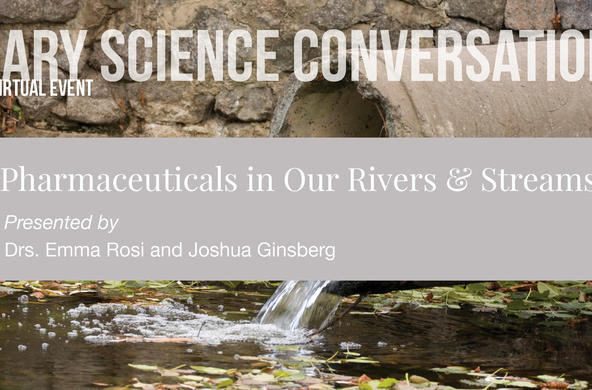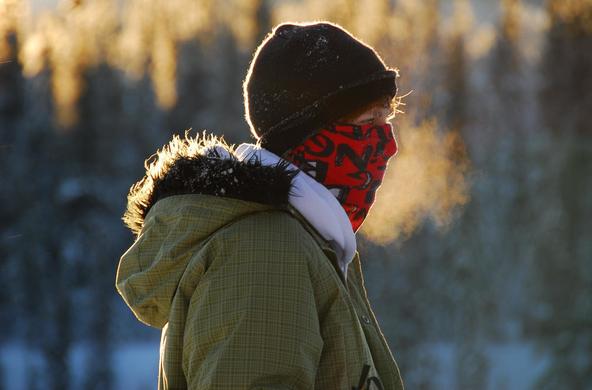One in eight women will develop breast cancer in her lifetime. In studies of identical twins only 27% showed the co-occurrence of breast cancer, suggesting that 73% of breast cancers can be attributed to life-style and environmental factors, rather than to genetic predisposition. Among women of the same age, the incidence of breast cancer is markedly higher for those born after 1940. The recent decline in mortality from breast cancer is due to better diagnosis and treatment.
Estrogen, the female endocrine hormone, promotes many forms of breast cancer, and hormonal therapy with estrogen is associated with an elevated risk of breast cancer. Tamoxifen, an estrogen inhibitor, is often prescribed to prevent the recurrence of breast cancer. Unlike nuclear radiation, which can directly damage or mutate DNA and lead to cancer, estrogen acts as an epigenetic factor to “turn on” uncontrolled cell division in certain women.
Synthetic chemicals to improve daily life have proliferated since World War II as we embraced “better living through chemistry.” More than 85,000 chemicals are now registered with the Environmental Protection Agency, but most of them remain untested for their effect on human health. Insecticides protect crops from insect attack and herbicides keep crops and lawns weed free. Plastics, including PVC, are ubiquitous in the environment, where they release plasticizers as they degrade.
Many pesticides have the chemical structure of the hormones that control the growth and function of the target pest. These hormones are often similar to human endocrine hormones, such as estrogen, so these chemicals are often called endocrine mimics or endocrine disruptors. Various endocrine mimics are widespread contaminants in natural waters, where they are classed as xenobiotic compounds—those whose only known origin is human activity.
I will not be the first to suggest that long-term low-level exposure to endocrine mimics could act like estrogen to promote the incidence of breast cancer in humans. The popular herbicide, glyphosate, is reported to increase the proliferation of estrogen-dependent breast cancer cells. The higher incidence of breast cancer since 1940 is consistent with the greater use and proliferation of various endocrine-like chemicals in the environment.
We may have more food, cleaner carpet, and a greater proliferation of plastic products than in earlier times, but there is a very real chance that the incidence of breast cancer in women shows that we are fouling our own nest.
References
Bernhardt, E.S., E.J. Rosi, and M.O. Gessner. 2017. Synthetic chemicals as agents of global change. Frontiers in Ecology and the Environment 15: 84 – 90.
Carson, R. 1962. Silent Spring. Houghton Mifflin, New York.
Carioli, G. and 5 others. 2018. Trends and predictions to 2020 in breast cancer mortality: Americas and Australasia. The Breast 37: 163-169.
Chlebowski, R.T. and 16 others. 2009. Breast cancer after use of estrogen plus progestin in postmenopausal women. New England Journal of Medicine 360: 573-587.
Flaws, J.A., C.J. Newschaffer, and T.L. Bush. 1998. Breast cancer mortality in black and in white women: A historical perspective by menopausal status. Journal of Women’s Health 7: 1007-1015.
Gray, J., N. Evans, B. Taylor, J. Rizzo, ad M. Walker. 2009. State of the evidence: the connection between breast cancer and the environment. International Journal of Occupational and Environmental Health 15: 43–78.
King, M.C., J.H. Marks, and J.B. Mandell. 2003. Breast and ovarian cancer risks due to inherited mutations in BRCA1 and BRCA2. Science 302: 643-646.
Lichtenstein, P., and 8 others. 2000. Environmental and heritable factors in the causation of cancer. New England Journal of Medicine 343: 78-85.
Mesnage, R. and 7 others. 2017. Evaluation of estrogen receptor alpha activation by glyphosate-based herbicide constituents. Food and Chemical Toxicology 108: 30-42.
Mucci, L.A. and 9 others. 2016. Familial risk and heritability of cancer among twins in Nordic countries. Journal of the American Medical Association (JAMA) 325: 68-76.
Rodgers, K.M., J.O. Udesky, R.A. Rudel and J.G. Brody. 2018. Environmental chemicals and breast cancer: an updated review of epidemiological literature informed by biological mechanisms. Environmental Research 160: 152-182.
Vilela, C.L.S., J.P. Bassin, and R.S. Peixoto. 2018. Water contamination by endocrine disruptors: Impacts, microbiological aspects and trends for environmental protection. Environmental Pollution 235: 546-559.






